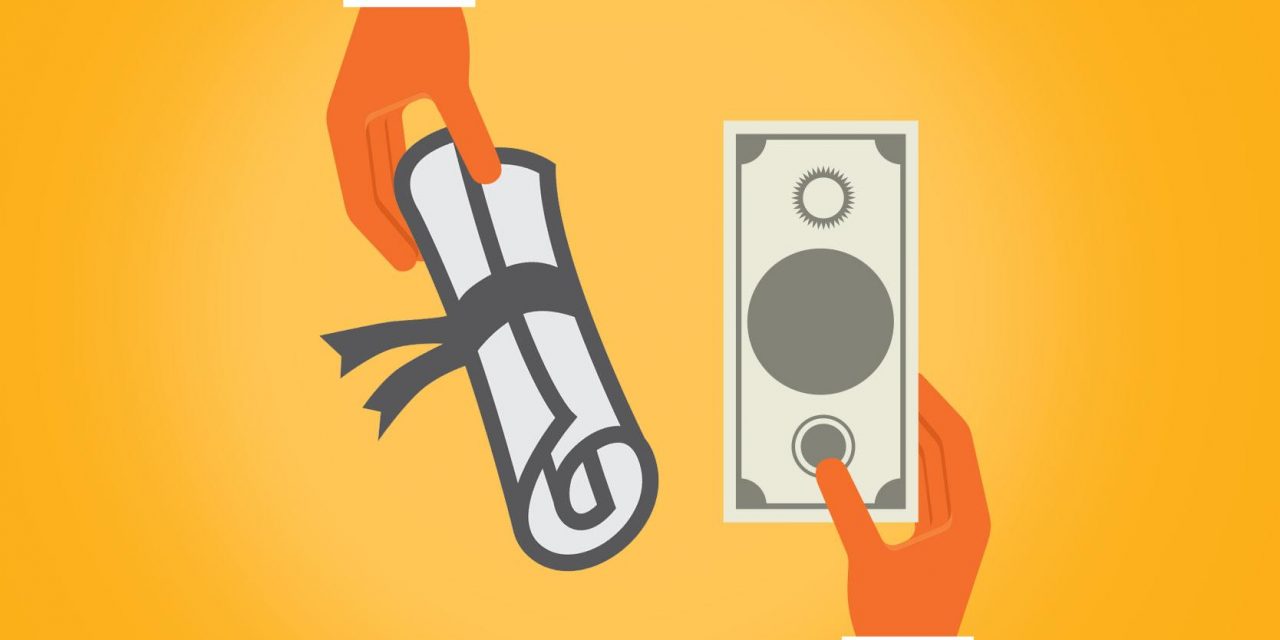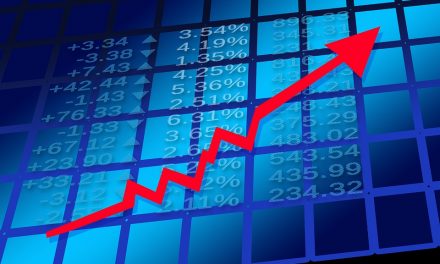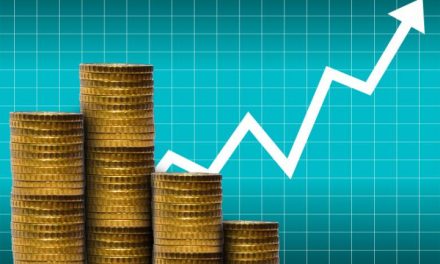You may have heard about the share buyback and may not understand what it is. Or perhaps you have never heard about share buybacks at all. If you’re invested in or planning to invest in capital markets or you just want a better understanding of what share buybacks mean for the company, the shareholders and the market then you are in the right place. Share buybacks are not just theory, in fact, they are very popular on the Zimbabwe Stock Exchange with the most recent one I can recall off the top of my head being by Econet in early 2021. They are provided for in sections 5.99-5.121 of the ZSE Listings Rules.
Share Buy Back
The easiest way to look at share buybacks is to first look at the issuance of shares. A company looks to raise capital and goes to the market in a public offering (sometimes referred to as an Initial Public Offering or IPO). Investors on the market give the company capital in exchange for shares. A share buyback is simply the reversal of this process. The company goes to shareholders and pays them money for the shares they hold. As a result of this action, the shares are cancelled. This is the company taking money from its own coffers to remove the shares from the register and should not be confused with money spent availing shares to employees and management.
Some things to note
Firstly share buybacks are open market processes. The company has two ways of doing a share buyback. They either announce a price to shareholders and those who are willing can take it up or they go on the market and purchase what is made available by shareholders on the market. The second thing to note is that the company is paying money for this. While in most cases it indicates the company is in a good cash position this may not always be the case as we will discuss later. Finally, remember that buyback reduces the number of shares in issue and this is very important for some other considerations.
The rules
As mentioned before share buybacks are provided for in ZSE listing rules. A share buyback must be approved by a special or general resolution conducted at a general meeting such as an Annual General Meeting. Share buybacks are also limited to a maximum of 20% of the class of shares that are outstanding in a financial year. Furthermore, buybacks must not result in the spread of shares being changed, for example, that leaves a single shareholder with a level of control that they did not have before the buyback. Finally, buybacks are not permitted while a company is trading under cautionary statements or during the closed period (the period between financial statements being prepared and being announced).
Examples
As I mentioned earlier Econet conducted a share buyback in January 2021. Zimplow, Mashonaland Holdings and CAFCA are amongst companies that carried out share buybacks recently on the ZSE. Share buybacks are in fact very popular on our own exchange. You can find the information about share buybacks either in the AGM agenda or results notices and sometimes in financial reports. Recently delisted Powerspeed electrical also carried out a buyback. ZIMRE holdings plans to have a vote on the resolution to buy back shares, this is slated for their AGM on 11 August.
Effects of share buybacks
As we have already noted a buyback reduces the number of outstanding shares. There are other effects to consider and some of them flow as a result of this first effect.
Increasing EPS
One of the most important issues to shareholders and investors is earnings per share. It gives us a basis for all important measures such as price-earnings ratio and impacts heavily on share valuation. Having fewer shares to divide the earnings amongst increases the earnings per share.
Distribution to shareholders
The share buyback can be considered as a distribution to shareholders. In some ways, it is more favourable than a dividend as it avoids dividend tax which is up to 10% in Zimbabwean listed companies compared to the charges involved with selling shares which go up to 2.3020% in Zimbabwe. However, this kills the goose the lays the golden eggs.
Generally, increase the price
Share buybacks can increase share prices. Whether through creating a constant demand on the market for the shares or acting as a signal of the financial position of the company being strong.
It’s not all roses and sunshine with share buybacks though and sometimes they may not be a good idea. Consider the explanations below.
Best in undervaluation
A share buyback works best when the shares of a company are undervalued. Buying back expensive shares is inefficient and a waste of money. It also greatly hampers the benefits of a share buyback.
Self-interest threat
Earnings per share are one of the most important indicators for investors and analysts. Investors for the return that is attributed to their investment while analysts use EPS, related models, to value companies. So much so that management may have bonuses or their very performance measured through EPS. Therefore management in the face of declining revenue or unimpressive forecast earnings may seek to boost EPS by reducing the number of shares.
No better plan
A share buyback may also indicate that management has no better plans for the money. Ideally, that money could be spent expanding company operations or acquiring new customers. It may signal low growth prospects.
It is not enough to look at the share buyback by itself. You must look at it in conjunction with earnings data, the balance sheet and the statement of cash flows to understand if it is a good thing for a company.






![ZSE Stories From Retail Investors by Albert Nangara [Book review and Giveaway]](https://startupbiz.co.zw/wp-content/uploads/2022/03/ZSE-Stories-From-Retail-Investors-by-Albert-Nangara-Book-review-and-Giveaway-440x264.jpeg)


Thanks so much. I have learnt a lot. I have a question. If I don’t want to sell the shares am I forced to do so on share buy back?
Thanks for that feedback. In either of the methods it is not compulsory to sell if you are a shareholder.